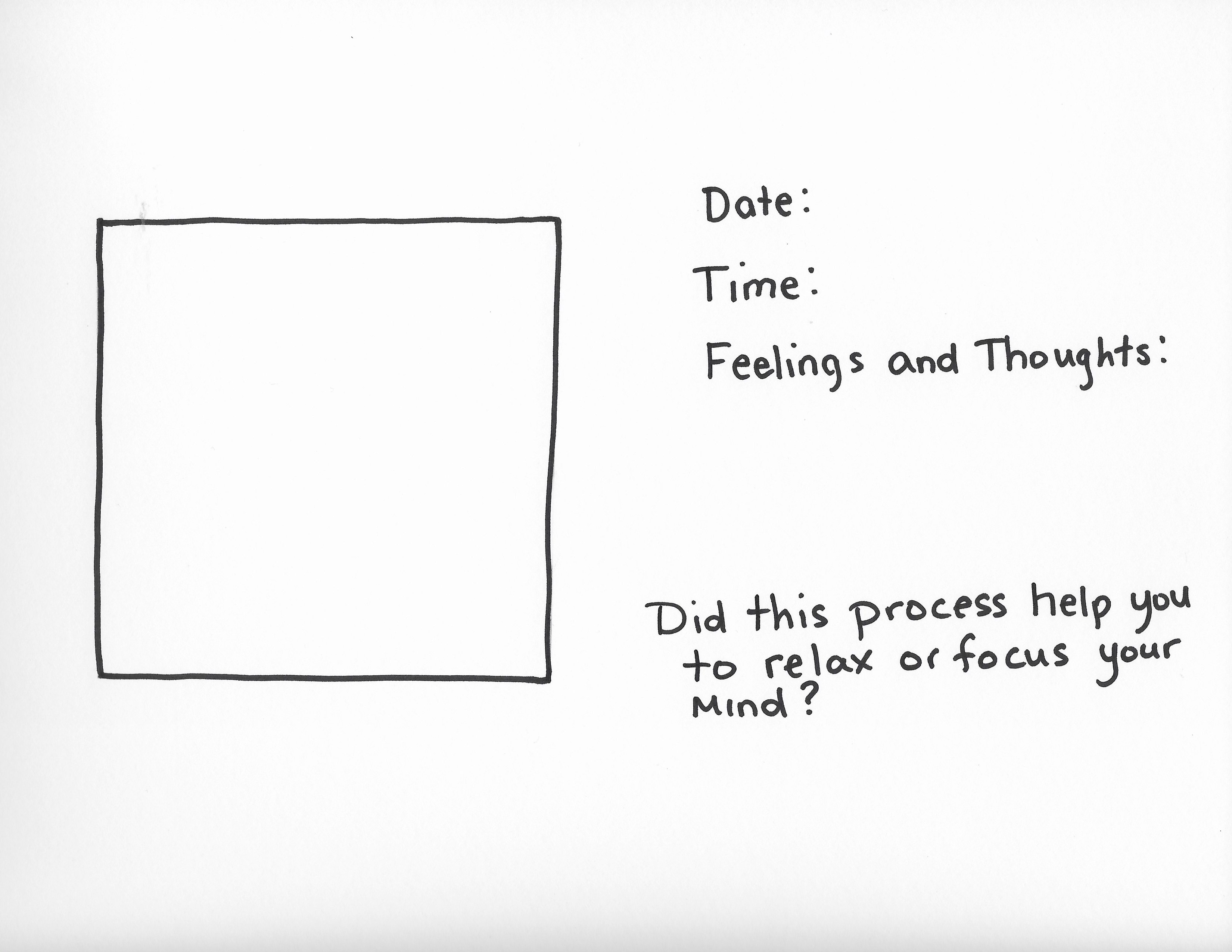ART 1035 Introduction to Art
Art Project: Doodling
Art Project: Doodling
Due Date: Changes depends on the week of submission
Learning Outcomes:
- Inspect questions about who is considered an artist and the role of the viewer.
- Explain the roles of elements and principles of design in creating forms and compositions
- Evaluate claims about whether an object is or is not art from multiple points of view
- Predict various reasons why people have made and continue to make art.
“Doodling actually changes one’s state of mind. It’s a calming activity that can help people go from a frazzled state to a more focused one.” – The Atlantic, July 9, 2015, ‘The Cognitive Benefits of Doodling’, Steven Heller, https://www.theatlantic.com/entertainment/archive/2015/07/doodling-for-cognitive-benefits/398027/
Doodle (noun): an aimless or casual scribble, design, or sketch. From Merriam-Webster online.
This assignment will help you to connect with your artistic side, help you understand the artistic process, and introduce you to a new form of relaxation for the mind and body.
Required Materials:
- 9x12 or 11x14 mixed media sketchbook
- Ruler
- Mark making tools (pencil, pen, crayon, marker, etc.)
Directions:
- On a page in your sketchbook, you will draw a 4-inch x 4-inch square
- You will fill this square with your doodle. There is not set style, design, color, etc. that needs to be followed.
- You will need to label the doodle with the date, time, and feelings when working on this doodle.
- Answer the question: Did this process help you to relax or focus your mind? (Make sure you answer in complete sentences. You need to answer with more than a simple yes or no.
- You will complete 10 separate doodles, one a week. You will be reminded each week that you have a doodle due.
- You will photograph your doodle page and submit them to the assignment folder in .jpg or .pdf format. These photographs need to be clear and the writing on the pages need to be readable.
Grading:
- With all projects, you will be graded on effort, not skill.
- The rubric for grading is available in the assignment folder for you to see.
Example of Layout:
Rubric:
| Criteria |
Level 4 2.5 points |
Level 3 1.75 points |
Level 2 1 point |
Level 1 0.5 points |
Criterion Score |
|---|---|---|---|---|---|
| All required information is provided on each doodle page | All required information is provided on all doodle pages | Some of the required information is provided on all doodle pages | The required information is provided on some but not all of the doodle pages | The required information is missing from most of the doodle pages | / 2.5 |
| Effort and Presentation | Squares are drawn neatly, doodling is done to fully fill the square. Information is written neatly and readable. Photos are easy to read. | Squares are drawn neatly, doodling does not fully fill the square. Information is written neatly and readable. Photos are easy to read. | Squares are not drawn neatly, doodling fully fills the square. Information is sloppy and difficult to read. Photos are difficult to read. | Squares are not drawn neatly, doodling does not fill the square. Information is sloppy and unreadable. Photos are difficult to read. | / 2.5 |
Overall Score
| Level 4 | Level 3 | Level 2 | Level 1 |
|---|---|---|---|
| 10 point minimum | 7 point minimum | 4 point minimum | 2 point minimum |
